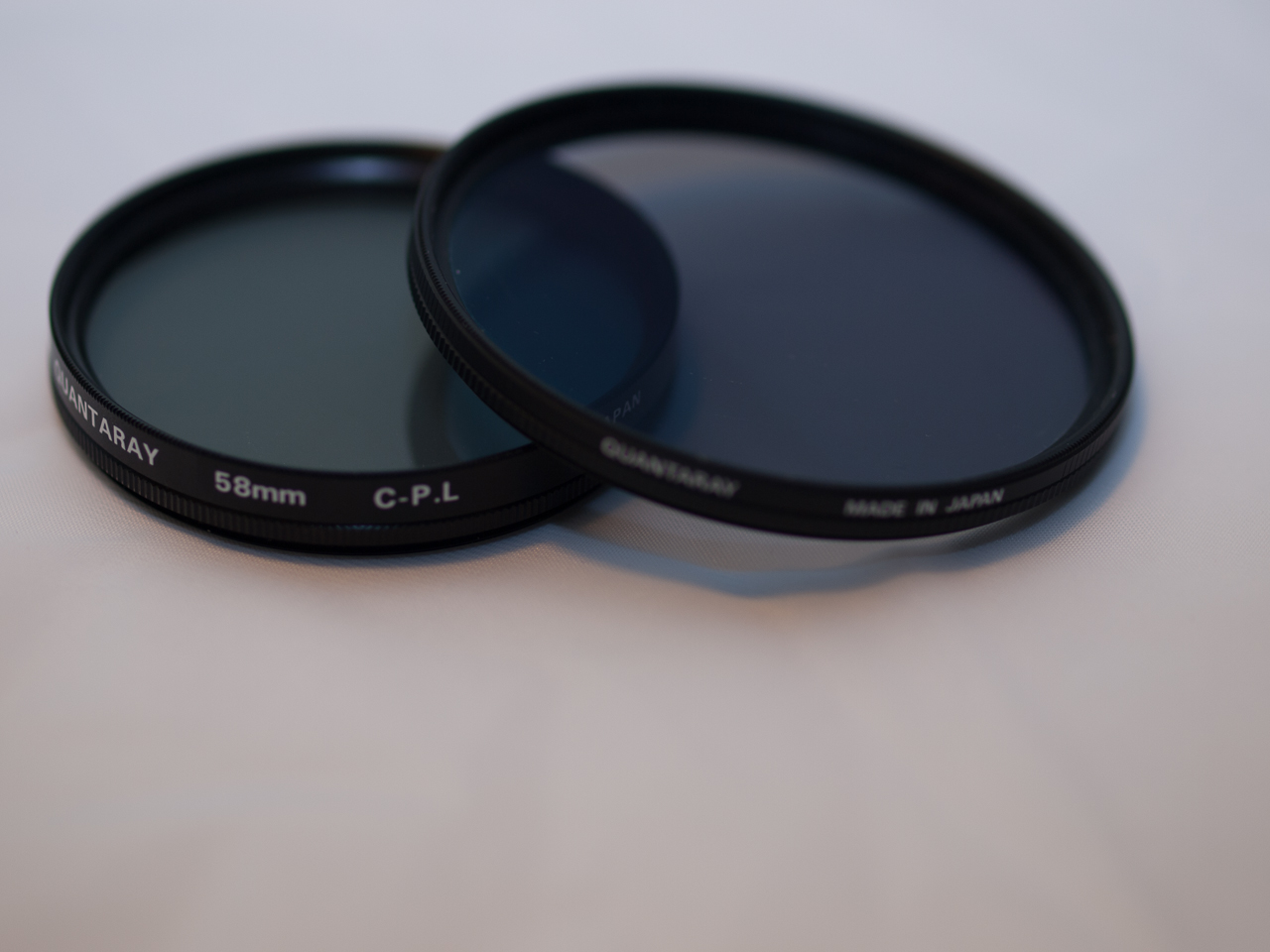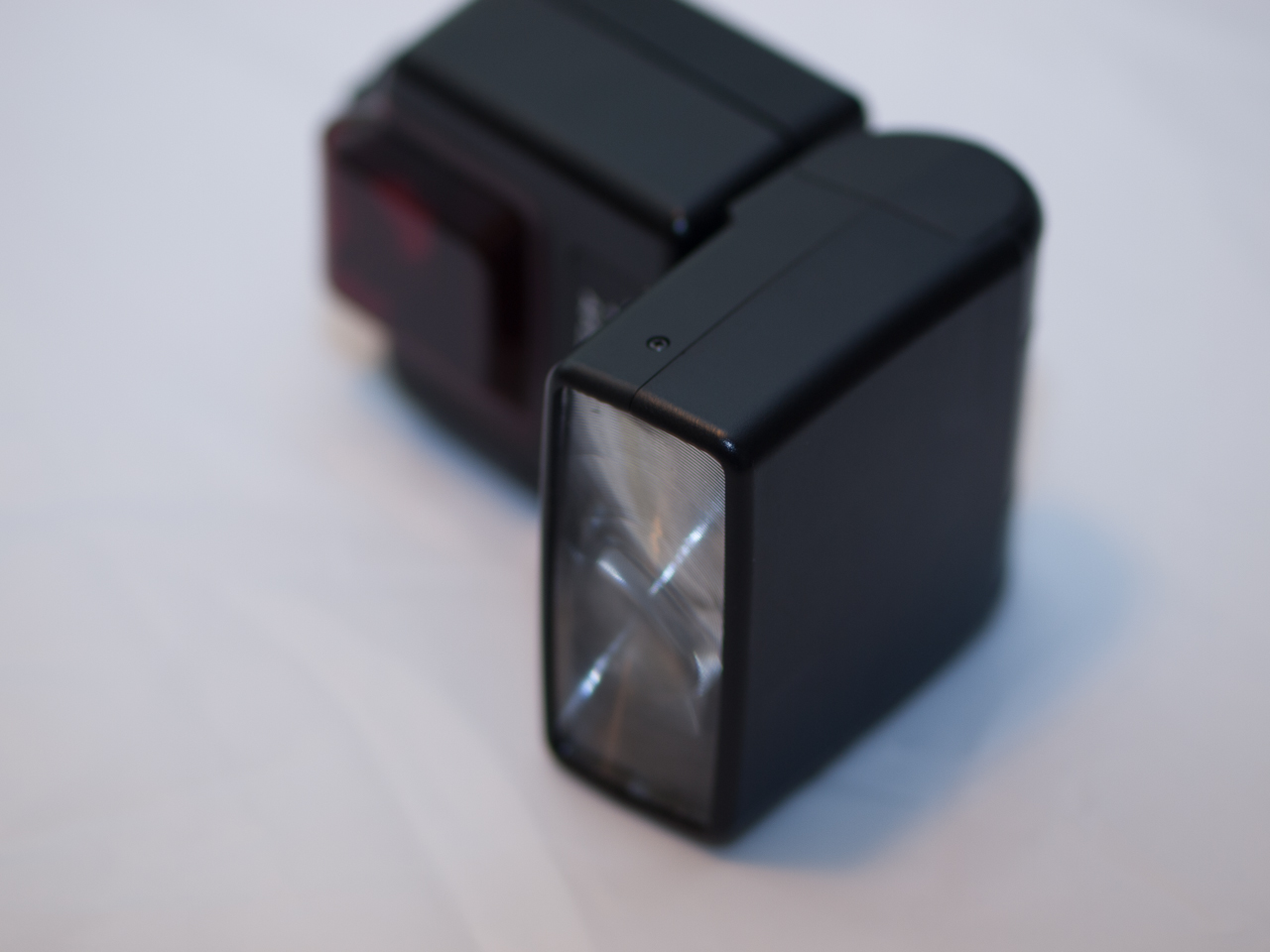Flower Photography


So you want to photograph a flower. Sounds easy, see a pretty flower and snap away.
Ohh no!, it looks dull and cliche. What's wrong? Do you need a better camera? Fancy equipment. Thousand dollar tripod and large format camera. Enough lights you need a hydroelectric dam to power them?
No exactly. Stop and breathe. Sometimes back to basics and patience is what you need most.
For more on photography see
https://www.instructables.com/id/Outdoor-Photography-Understanding-Light/
Gear. Gear. Gear.

.jpg)
.jpg)
Your essentials:
- A camera
- Your camera could be a cellphone, or a SLR. control over your depth of field (in focus) is important
- If using a point and shoot, using macro mode (conveniently a flower icon)
- A way to keep it stable
- Stabilized camera - can shoot handheld if it is bright enough
- A tripod is first piece of gear.
- Some tripods have center column that can be angled to shoot from above.
- Legs that can spread for low angle shots or uneven ground
- Beanbags work for low shots or odd surfaces.
The next steps
- Macro lens or telephoto with close focus capabilities
- a dedicated macro lens is best. The faster the better - F2.0 is common
- Telephoto lens with ability to focus close can help isolate
- Filters
- Polarizes - cut down on reflections
- ND filters - Neutral density filter block light
- Lighting
- Flash unit
- multi-reflector disk - silver, gold, white, black, and diffuse options in one unit
- light tent to create even shadow free environment
Options
- Spray bottle
- pads to kneel on
- knife or pruners - only for your backyard, leave wildlife alone
- clips or clamps to hold flowers still
Patience


Sometimes the timing is just not right... Although change is important, so you cannot rush..
This lemon tree bud is not its final form yet, but still is interesting. So keep coming back.
Try new angles, the bud runs across the shot corner to corner, while the open petals grows in from a corner and then takes up most of the frame. Both have a story.
A Sense of Scale - F-Stop



Sometimes you need to decide how much to show in focus. Most shots will be wide open apertures F2.0-5.6 are common values. Low F-stop means shallow focus plane and alot of light hitting your sensor, while higher values will focus on wide field of view but let less light in. Underexpose by increasing your shutter speeds to preserve your highlights as flowers and green leaves are much brighter than shadows you want out of focus. The polarized and ND filters can help compensate for the wide apertures.
The bee is an example here, on the white sepals the bee contrasts and closes in. On the Bluebonnet close up the bee is action moving about. Pulled back there is a larger sense of scale. You could also take a whole field of flowers for immersion.
Drama in the Rain, or Make Your Own


The leaves are dripping with the rain, overcast day added diffused light. On a bright harsh day I used a ND8 (8 f-stops of light loss) to open the aperture wider and keep a fast shutter. I also used the diffuser disk to cut glare and sprayed the flowers for sparkle.
Remember Your Background and Your Lighting



The first shot is backlighting with the sun and a flash to fill in from the front. a flower in the background is a red bokeh
The white panel of the reflector disk is useful to make the background even but does not add much even with the water drops.
The black background adds the punch of contrast to this photo.
Remember talking about patience, third day of photographing same flowers, and almost 200photos. Probably going to photograph them some more too!
Dont Forget the Buds



These two shots use the buds to show sense of movement. neither are centered and create strong diagonal lines. The splashing of deep red and purple color and contrast helps here too. The seed buds are unique texture, yet lacks the color of the other buds.